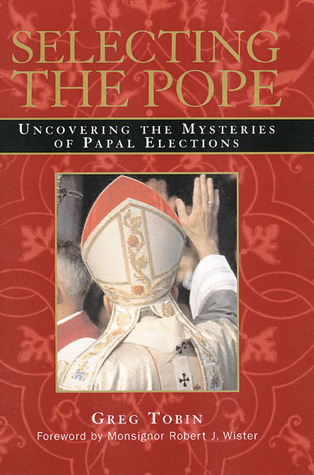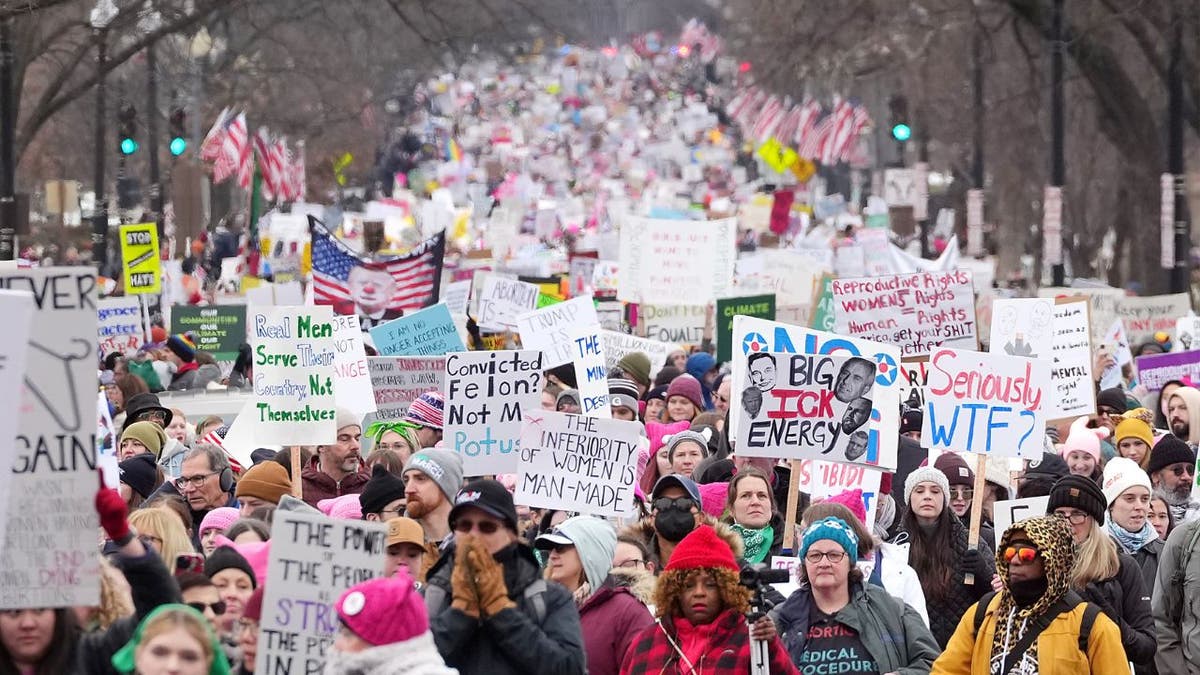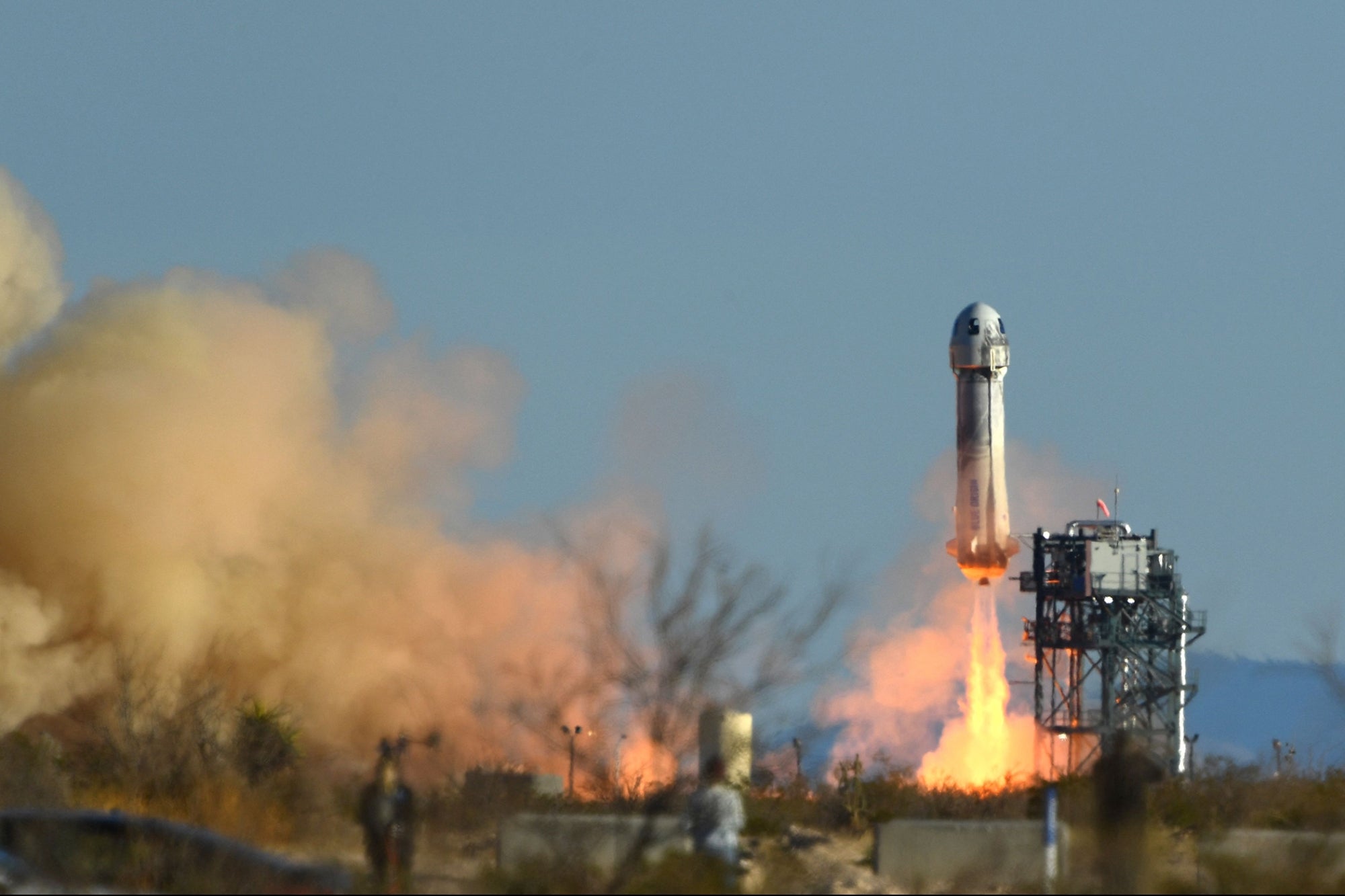Papal Conclaves Explained: The Process Of Selecting A New Pope

Table of Contents
The History and Evolution of Papal Conclaves
The methods of electing Popes have evolved considerably throughout history. Early conclaves, far from the structured process we know today, were often influenced by secular powers, factionalism, and even outright bribery. The selection process lacked clear rules and transparency, leading to contested elections and prolonged periods of vacancy in the papacy. The influence of powerful families and political entities significantly impacted the outcome of these early conclaves.
- Early conclave practices: These were characterized by open campaigning, political maneuvering, and a lack of defined procedures. Secrecy was minimal, and the influence of emperors and kings was frequently decisive.
- Key reforms: Over the centuries, various reforms were implemented to address these issues. The introduction of more formalized procedures, regulations designed to prevent external influence and corruption, and the establishment of specific rules for voting marked significant turning points. The conclave's gradual shift towards greater secrecy was also a crucial development.
- Notable historical examples: The conclave of 1268, which lasted almost three years, exemplifies the challenges of earlier periods. In contrast, the relatively swift election of Pope John Paul II in 1978 demonstrated the efficiency of later, reformed conclaves. Studying these historical examples illuminates the evolution of the process.
The Participants in a Papal Conclave: Cardinals and Their Roles
At the heart of a Papal Conclave are the Cardinal electors. These are high-ranking members of the Catholic clergy, chosen by the Pope for their wisdom, piety, and understanding of Church doctrine. Only Cardinals under the age of 80 are eligible to participate in the conclave. Their collective responsibility is to elect a successor to the papacy.
- Cardinal electors: The number of cardinal electors varies, but it is generally a substantial group, ensuring a broad representation of the Church's global reach.
- The Dean of the College of Cardinals: This cardinal presides over the conclave, playing a pivotal role in overseeing the proceedings and ensuring the smooth functioning of the electoral process.
- Other key figures involved include the Master of the Papal Liturgical Celebrations, who helps orchestrate the ceremonies, and various officials who manage the logistical aspects of the conclave.
The Stages of a Papal Conclave: From the Death of a Pope to the White Smoke
The process begins with the death or resignation of the reigning Pope, ushering in the sede vacante period – a time when the papacy is vacant. Following a period of mourning and preparation, the cardinals gather in Rome. They are then confined to the Sistine Chapel, where the conclave takes place.
- Preparation and convocation of the conclave: This involves a series of formal ceremonies and logistical arrangements. The cardinals take an oath of secrecy, and strict security measures are implemented.
- The sede vacante period: This period is governed by specific rules, ensuring the continued functioning of the Church's administrative structures.
- The voting process: Secret ballots are cast, and a two-thirds majority is required for a valid election. Invalid ballots are destroyed, and the process continues until a Pope is elected.
- The announcement of the new Pope: The appearance of white smoke from the Sistine Chapel chimney signals the election of a new Pope, followed by the traditional announcement from the balcony of St. Peter's Basilica.
Secrecy and the Importance of Maintaining Confidentiality
Secrecy is paramount in a Papal Conclave. This is not merely a matter of tradition; it is crucial to protect the integrity of the process and prevent undue influence from outside pressures. The cardinals are bound by a strict oath of secrecy, and measures are taken to prevent any unauthorized communication or disclosure of information.
- Historical examples of breaches of secrecy: Though rare, historical examples serve as a stark reminder of the importance of this principle.
- Modern methods of maintaining secrecy: Modern conclaves employ advanced technological measures and strict protocols to ensure that information about the voting process and deliberations remains confidential.
- The importance of maintaining the integrity of the process: The secrecy protects the freedom of the cardinals to vote according to their conscience without fear of external influence or pressure.
Modern Conclaves: Adaptations and Challenges
Papal Conclaves have adapted to the changing times. While the core principles remain unchanged, modern technology has played a role in improving efficiency and communication.
- Changes in technology and their impact on the conclave: While maintaining strict secrecy, technology has streamlined certain aspects of communication and record-keeping.
- Current debates regarding conclave procedures: Discussions about potential reforms continue, balancing tradition with the needs of a globalized Church.
- Potential future reforms: Proposals for streamlining the process or addressing certain aspects of the procedures are occasionally considered, but substantive changes remain rare.
Conclusion
Understanding Papal Conclaves offers insight into a vital process within the Catholic Church, highlighting its historical evolution, the crucial roles of cardinals, the meticulously structured stages, the importance of absolute secrecy, and ongoing adaptations in the modern era. The selection of a new Pope is a significant event with profound implications for the global Catholic community. To further deepen your understanding of this fascinating process, explore reputable resources such as books on papal history and authoritative websites dedicated to the Vatican. Delve deeper into the intricacies of Papal Conclaves and gain a richer appreciation of this pivotal event in the Catholic Church.

Featured Posts
-
 National Protests Against Trump A Cnn Politics Report
Apr 22, 2025
National Protests Against Trump A Cnn Politics Report
Apr 22, 2025 -
 Technical Glitch Forces Blue Origin To Postpone Rocket Launch
Apr 22, 2025
Technical Glitch Forces Blue Origin To Postpone Rocket Launch
Apr 22, 2025 -
 Higher Bids Higher Risks Stock Investors Anticipate More Market Challenges
Apr 22, 2025
Higher Bids Higher Risks Stock Investors Anticipate More Market Challenges
Apr 22, 2025 -
 Millions In Losses Inside The Office365 Executive Email Breach
Apr 22, 2025
Millions In Losses Inside The Office365 Executive Email Breach
Apr 22, 2025 -
 Is Blue Origins Failure Larger Than Katy Perrys Recent Mishaps A Business Perspective
Apr 22, 2025
Is Blue Origins Failure Larger Than Katy Perrys Recent Mishaps A Business Perspective
Apr 22, 2025
